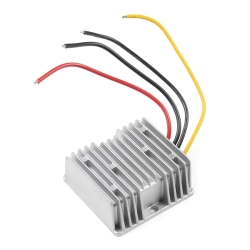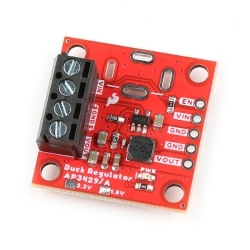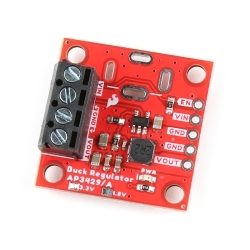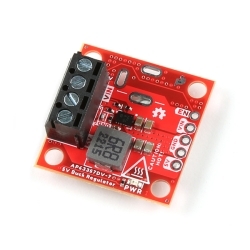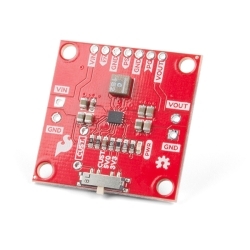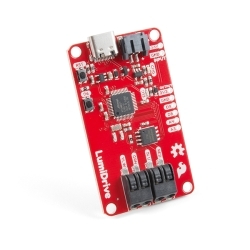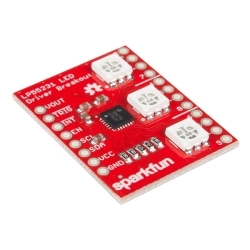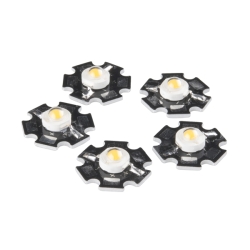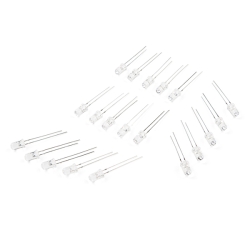FemtoBuck LED Driver
Product Overview
This is the FemtoBuck, a small-size single-output constant current LED driver. Each FemtoBuck has the capability to dim a single high-power channel of LEDs from 0-350mA at up to 36V while the dimming control can be either accessed via PWM or analog signal from 0-2.5V. This board is based off of the PicoBuck LED Driver, developed in collaboration with Ethan Zonca, except instead of blending three different LEDs on three different channels the FemtoBuck controls just one.
For the FemtoBuck, we’ve increased the voltage ratings on the parts to allow the input voltage to cover the full 36V range of the AL8805 driver. Since the FemtoBuck is a constant current driver, the current drawn from the supply will drop as supply voltage rises. In general, efficiency of the FemtoBuck is around 95%, depending on the input voltage. On board each FemtoBuck you will find two inputs for both power input and dimming control pins and an area to install a 3.5mm screw terminal. Finally at either side of the board you will find small indents or "ears" which will allow you to use a zip tie to secure the wires to the board after soldering them down. This version of the FemtoBuck is equipped with a small solder jumper that can be closed with a glob of solder to double the output current from 330mA to 660mA.
Documents:
- Schematic
- Eagle Files
- Hookup Guide
- Datasheet (AL8805W5)
- GitHub (Design Files)
Documentation
- Schematic
- Eagle Files
- Hookup Guide
- All About LEDs
- Datasheet (AL8860)
- GitHub (Design Files)
Customer Reviews


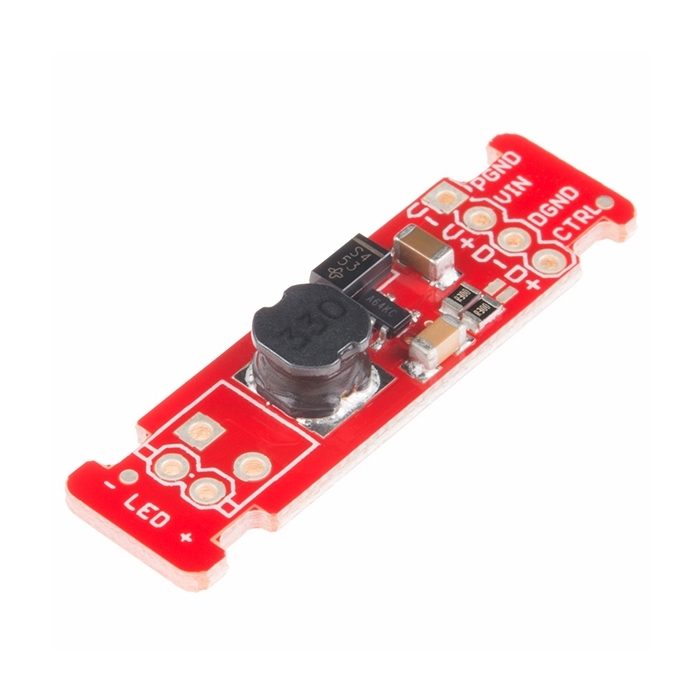
 Hookup Guide
Hookup Guide Schematic
Schematic Datasheet (AL8860)
Datasheet (AL8860)

